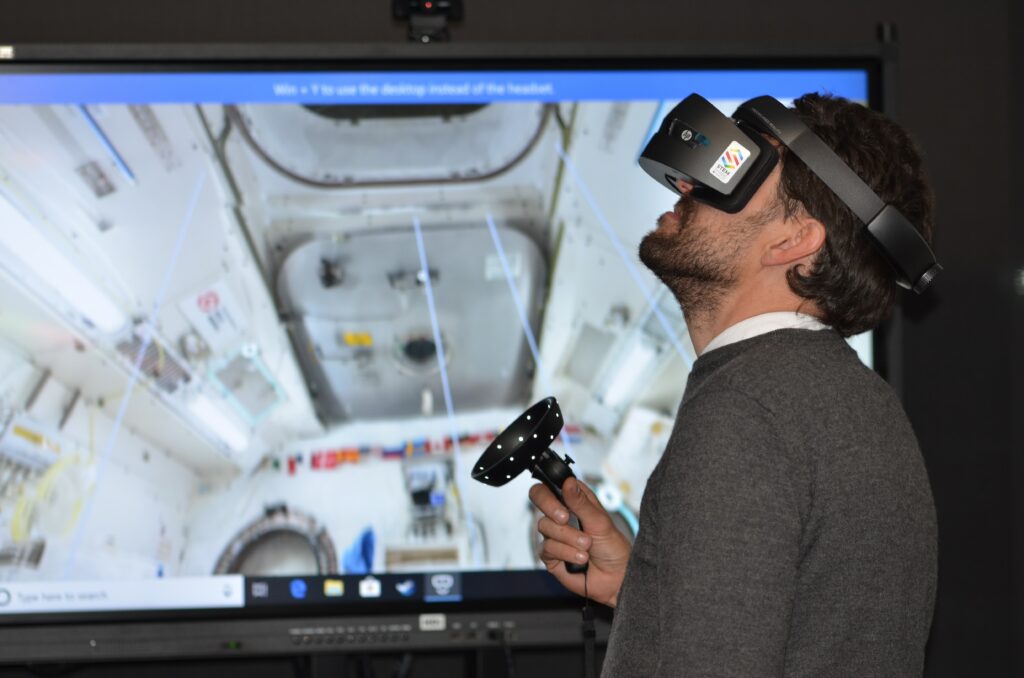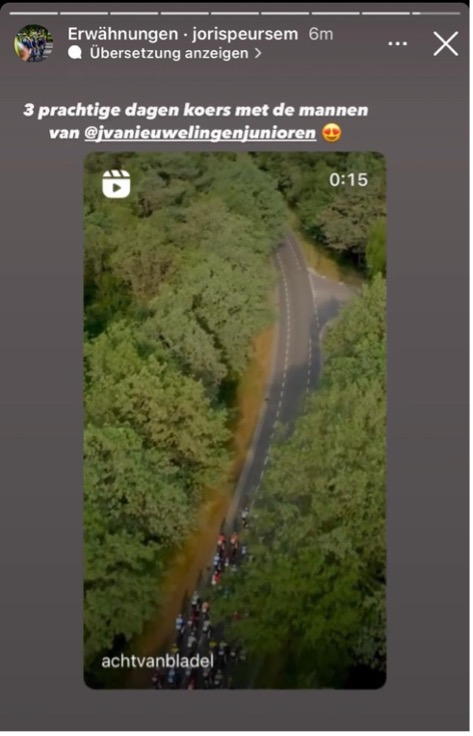For this second impulse I listened to a Ted Talk about virtual worlds, and how people experience them in different ways. The talk was split into three sections, each being an interview of someone telling the listener about their unique stories. This will be a short summary of their parts, followed by a summary of the topic.
The first interviewee is Wes Looker, a writer from a small rural town in the US. He recalls his experience growing up, being the smallest guy in school and often getting bullied. Because of this, he found himself retreating into his own fantasy worlds and reading books to escape into other places in his mind. He did this until 1998, when Ultima Online was released. It was one of the first online multiplayer games, which allowed him to connect with people from all over the world. He played the game for the next 5 years, which allowed him to look past his small town, even learning lessons for life while growing up with the game, all through his virtual connection to others.
Cass Marshall is a writer at polygon, and she talks about her story next. Her general message is much of the same as the first one. She used the online game Sea of Thieves as a counterpart to being bullied and dealing with being on the spectrum. For those reasons she felt more at ease in online environments, where she met 2 other people with whom she grew closer sharing online memories in games. In these safe spaces she could leave her comfort zone and be herself around them, exploring her identity and grow as a person. Through this she learned not to see the physical and virtual as something separate, as in both of these worlds the people are the same, making the barrier almost nonexistant in the end.
The last story is the one of Russel Quinn. Russels grandmother and mother died in the same year, while he also had to undergo surgery to remove a kidney stone. Russel had been making interactive stories before, and also found himself using this hobby to help himself deal with these tragic events. He spent the next 3 years rebuilding his last year with them as a game. While his wife was worried that dealing with it this way would be unhealthy, he immediately felt at ease when being taken there through his 3d work. He recreated game mechanics according to what had happened to him and his family during that time. In the game you play as all 3 characters: Russel, Linda and Jone. Toggling between their perspectives, you take the role of their family, to make the most of a bad situation, take care of each other. The project turned into something meant for people in similar situations, to give them new ways of talking about it. To learn how to deal with grief. Artists and musicians often deal with difficult situations through their art, but through videogames you get to experience and feel as a character. Recreating his mother in the game was the last thing he did, as it was the most difficult to him. When he eventually got to it, it ended up better than he was expecting, giving him emotional distance and the ability to process his experience almost as someone else, to practice sitting through pain. “Anyone else can do that too, but only if they want to, as it is a place you can always switch off.” – he says
This was a surprisingly touching listen, which focussed less on the technical aspects of virtual realities, and much more on how it makes people feel, and which positive responses it can trigger. While this is not directly relevant to my topic, it is nonetheless important to always keep such aspects in the back of our minds.
Further interest
https://link.springer.com/article/10.1007/s00127-021-02110-z










